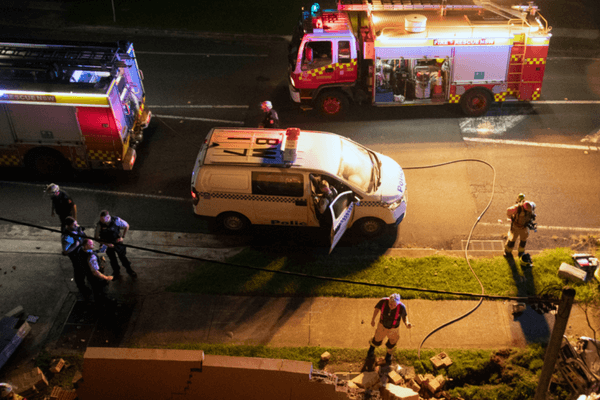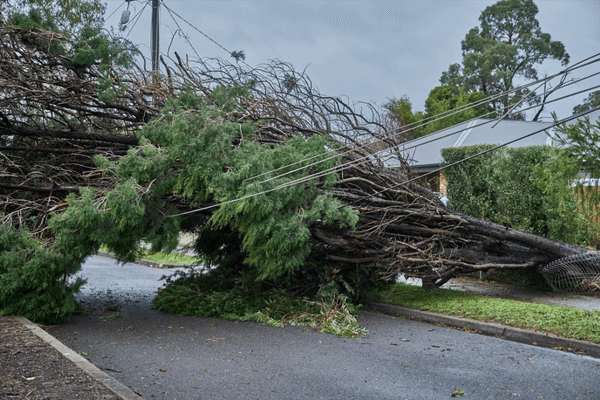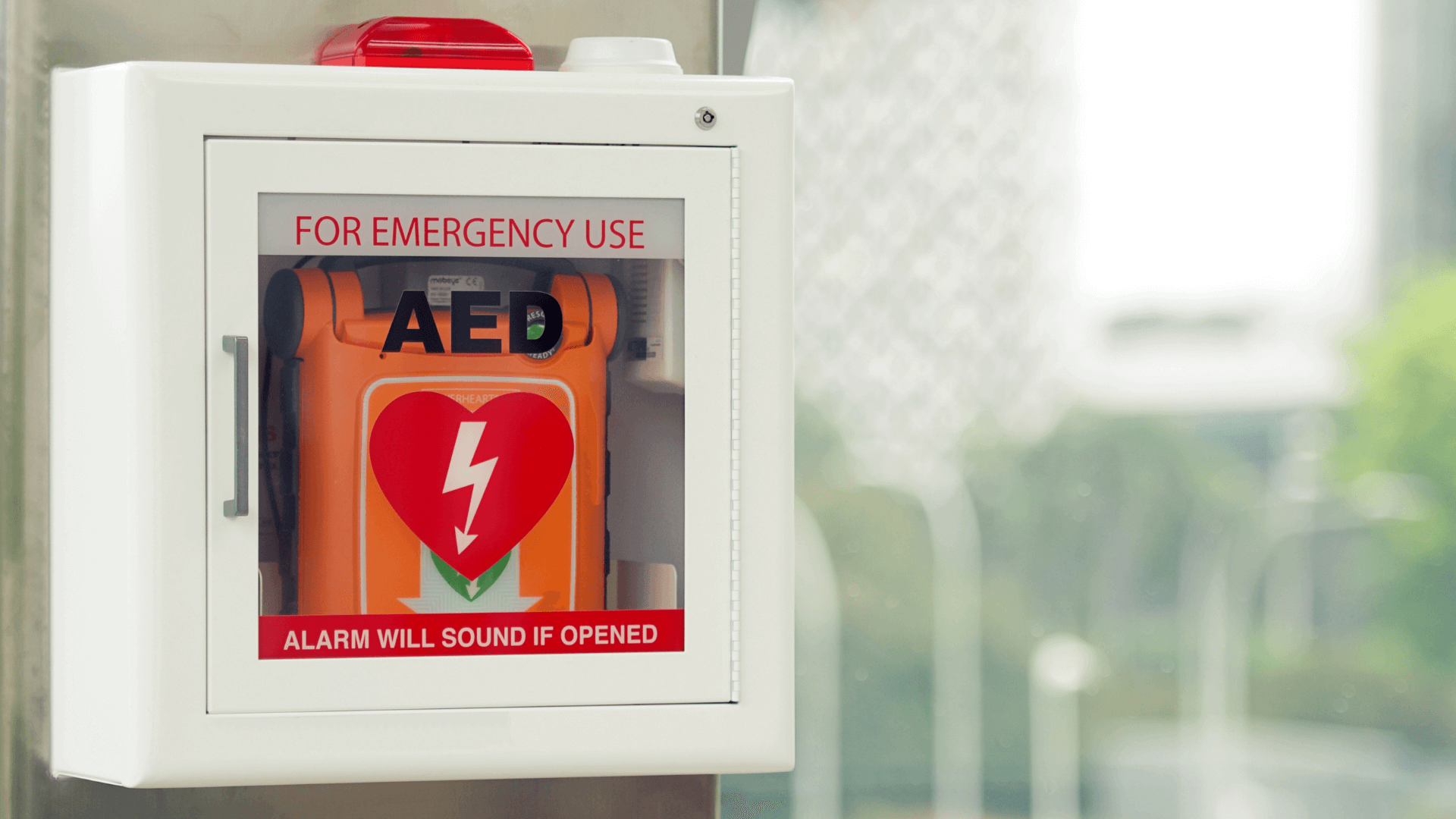Stay safe, so you can help others
There are over 80,000 full-time emergency workers in Australia, with many more supporting our community in a volunteer capacity.
Every time an emergency worker is called to a crisis, they attend to a situation where something has gone wrong. When electricity is involved, there is the added risk of injury resulting from shocks, burns, and electrocution. Knowing how to navigate an emergency site when electricity is present can make a difference to your safety and the safety of everyone else involved.
Electric shocks and injuries
There are four main types of electrical injuries:- ElectrocutionElectrocution can cause severe injury or death. A current passing through the body can cause immediate cardiac arrest or cardiac arrhythmia (abnormal heart rhythm).
- BurnsElectrical burns can damage or destroy skin and cause extensive damage to internal tissues, muscles, veins, arteries, and organs.
- Electric shockAn electrical current passing through the body can cause violent muscle contractions, which may lead to bone fractures or joint dislocations.
- Brain injuryElectrical injuries can cause trauma to the brain including neurological issues such as memory loss, difficulty with reasoning or performing everyday tasks, and depression.
It’s important to remember that you don't have to be in direct contact with electricity to receive an electric shock. Being within close range of electricity can cause it to arc and jump to your location.
A mild electric shock can be life-threatening. If you experience an electric shock while on the job, you should always seek medical attention to assess whether it has affected your heart or has caused other issues.
First aid for burns and electrical injuries
Ensure the injured person is away from the electrical source before you begin first aid. This may require you to call your communications centre to get the power isolated or to turn off the power on an electricity switchboard. If there is no ambulance on site, begin first aid once it is safe to do so.If the individual is not breathing
- For unconscious victims who are not breathing, perform CPR until medical teams arrive.
Treating burns if the individual is responsive
- As soon as possible, put burns under cool running water for at least 20 minutes.
- If available, use a first aid burns kit, to treat the individual.
- Cover the burn using a light, loose, non-stick dressing (non-fluffy material). If you don't have a first-aid kit, kitchen plastic wrap is suitable, as long as it's not applied too tightly.
- If the burn is on an arm or leg, elevate it where possible to reduce swelling.
What to avoid when treating burns
- Do not touch the burn or apply ice - only apply cool running water.
- Do not put a child with burns into a bath full of cold water as this can make the burn injury worse and cause the child's body temperature to drop.
- Do not use any ointments, creams, lotions, or fat on a burn as they seal in heat and can cause more damage.
- Do not remove anything stuck to the burn, including clothing.

responding to an electrical emergency

